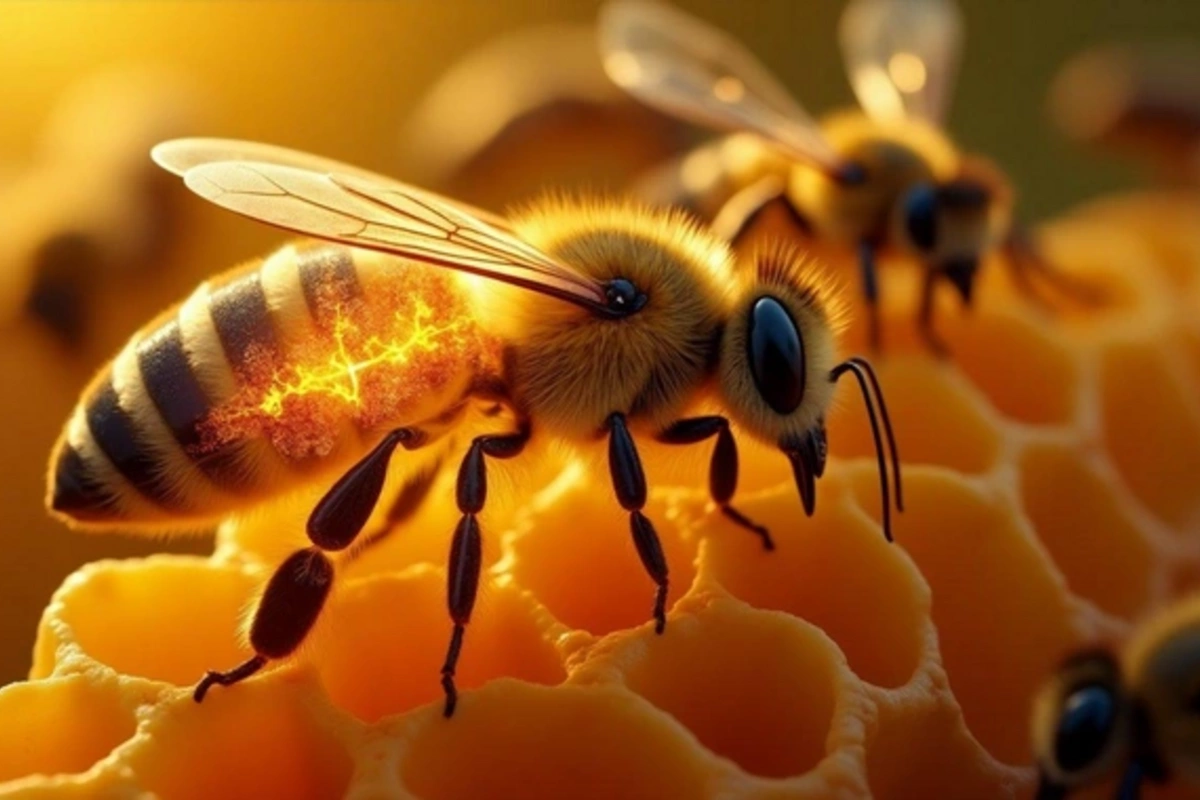15 Apr , 23:10
4

Scientists Decode the Genetic Code of Bee Social Behavior
Biologists from Heinrich Heine University Düsseldorf (HHU) in collaboration with an international team of researchers have made a breakthrough in understanding the genetic foundations of honey bee (Apis mellifera) behavior. The researchers managed to identify a specific gene that controls the social interactions of bees and determines their functional role in the hive.
Behavioral interactions between living organisms play a key role in nature and often have a hereditary basis. In the animal world, cooperation provides significant advantages in protection from predators, food acquisition, and raising the younger generation.
In highly organized species such as honey bees, social connections are so developed that the colony functions as a single superorganism consisting of many individual insects. Social responsibilities are clearly distributed among thousands of insects in a bee family. The behavioral repertoire of each bee is not acquired through learning but is transmitted genetically. Until now, the mechanism of genetic encoding of such a complex system remained a mystery.
During the study, scientists discovered the dsx gene, which acts as a key regulator of these insects' behavior. It is this gene that programs what functions a bee will perform and for how long. To test their hypothesis, researchers modified or deactivated this gene in selected individuals. QR codes were attached to the experimental insects, allowing their activity to be tracked inside the hive using special cameras.
The protein associated with the dsx gene was labeled with a fluorescent dye by the scientists, which made it possible to visualize the neural circuits activated by this mechanism. This approach helped not only to record differences in behavior between modified and normal bees but also to understand what changes in neural connections led to the observed behavioral effects. In the future, researchers intend to study the superorganism of the family as a whole to identify the relationship between individual "programs" and coordinated interaction of bees in the hive.